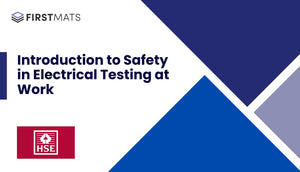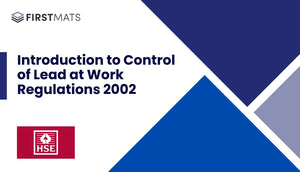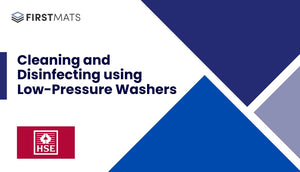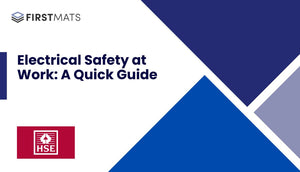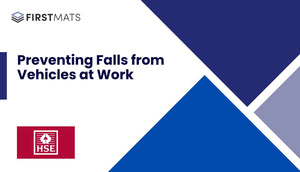Article Index:
Introduction
This article is a quick guide to the Health and Safety Executive (HSE) document titled "Confined Spaces: A Brief Guide to Working Safely" (leaflet INDG258(rev1)). The original document, published by the HSE, provides information about the safety precautions that employers need to take to protect their employees when working in confined spaces. This guide will simplify the key points and provide easy-to-understand information.
What is a Confined Space?
A confined space is any space of an enclosed nature where there is a risk of death or serious injury from hazardous substances or dangerous conditions, such as a lack of oxygen. Some examples include storage tanks, silos, sewers, open-topped chambers, vats, and poorly ventilated rooms. It's important to note that some places may become confined spaces when work is carried out, or during their construction, fabrication or subsequent modification.
The Dangers of Confined Spaces
Confined spaces can pose various dangers, including:
- Lack of oxygen, which could occur due to reactions between soils and the atmosphere, groundwater action on chalk and limestone, cargo reacting with oxygen inside spaces, or rust formation inside steel tanks.
- Poisonous gas, fume, or vapour, which could build up in sewers and manholes, enter tanks or vessels from connecting pipes, or leak into trenches and pits in contaminated land.
- Liquids and solids that can suddenly fill the space or release gases when disturbed.
- Fire and explosions from flammable vapours or excess oxygen.
- Residues left in tanks or vessels that can give off gas, fume, or vapour.
- High concentrations of dust.
- Hot conditions leading to a dangerous increase in body temperature.
Legal Requirements
Under the Confined Spaces Regulations 1997, employers are required to carry out a suitable and sufficient assessment of the risks for all work activities to decide what safety measures are necessary. This means identifying the hazards present, assessing the risks, and determining what precautions to take.
Avoiding Entry to Confined Spaces
The law requires employers to avoid entry to confined spaces where possible. If entry is unavoidable, a safe system of work should be followed, and adequate emergency arrangements should be put in place before the work starts.
Safe Systems of Work
When entry into a confined space is unavoidable, a safe system for working inside the space should be developed and put into practice. This includes appointing a supervisor, ensuring workers are suitable for the work, isolating mechanical and electrical equipment, cleaning before entry, checking the size of the entrance, providing ventilation, testing the air, providing special tools and lighting, providing breathing apparatus, preparing emergency arrangements, and using a permit-to-work system.
Emergency Procedures
Effective arrangements for raising the alarm and carrying out rescue operations in an emergency are essential. This includes providing suitable rescue and resuscitation equipment, ensuring rescuers are properly trained and fit, shutting down adjacent plant before attempting emergency rescue, and having trained first aiders available.
Conclusion
Working in confined spaces can pose serious risks. Employers must understand these risks and take all necessary precautions to protect their employees. By following the guidelines outlined in the HSE's "Confined Spaces: A Brief Guide to Working Safely", employers can ensure they meet their legal obligations and maintain a safe working environment.


